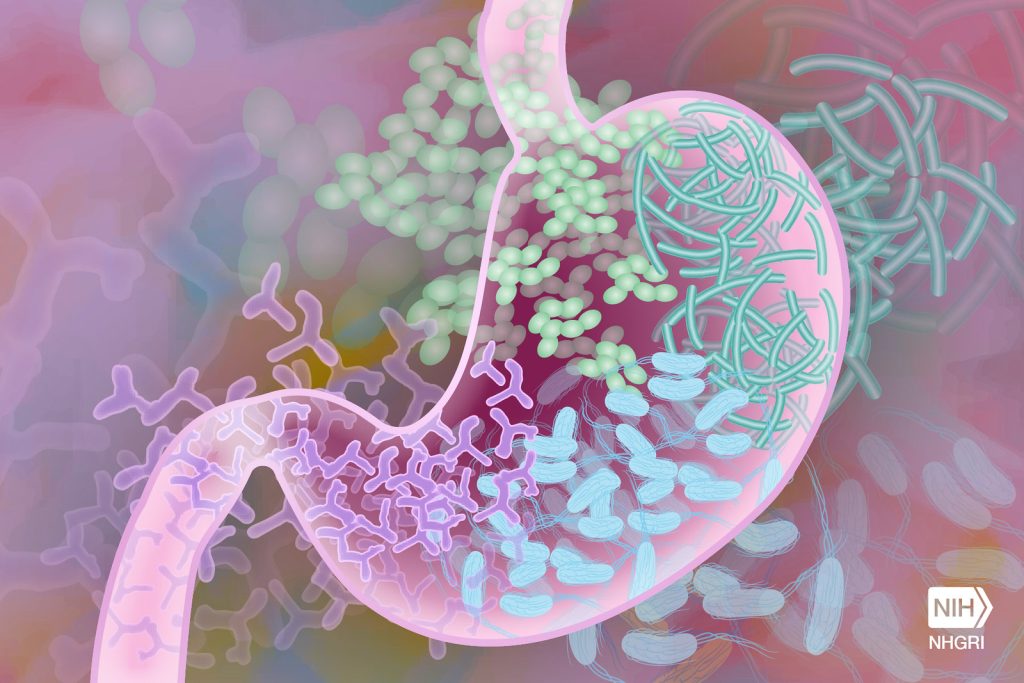Intermittent Fasting: Is it the Calories or Carbs that Count?

Adam Collins, University of Surrey
Intermittent fasting is not only a useful tool for weight loss, it’s also shown to have many benefits for metabolic health – independent of weight loss. Yet many people may find intermittent fasting to be a challenge, especially if following the 5:2 version of the diet where calories are severely restricted two days a week.
But my latest study shows that you don’t need to severely restrict your calories to get the metabolic benefits of intermittent fasting. Even just restricting the number of carbs you eat twice a week may be enough to improve your metabolic health.
Intermittent fasting appears to be so beneficial for health because of the way it alters our metabolism.
After a meal, our body enters the postprandial state. While in this state, our metabolism pushes our cells to use carbohydrates for immediate energy, while storing some of these carbs as well as fat for later use. But after several hours without food, in the postabsorptive “fasted” state, our metabolism switches to using some of our fat stores for energy.
In this regard, intermittent fasting ensures a better balance between the sources it uses for energy. This leads to improved metabolic flexibility, which is linked with better cardiometabolic health. In other words, this means lower risk of cardiovascular disease, insulin resistance and type 2 diabetes.
My colleagues and I previously ran a study to demonstrate the effects of a fast on the body. We observed that following a day of both total fasting or severe calorie restriction (eating around only 25% of each person’s daily calorie requirements), the body was better at clearing and burning the fat of a full English breakfast the next day. Fasting shifted the body from using carbs to using fat. This effect carried on both during the fast and the next day.
Our research has also compared the effects of intermittent fasting to a calorie-matched or calorie-restricted diet. Both groups followed the diet until they lost 5% of their body weight.
Despite both groups losing the same 5% of body weight, and at the same rate, the intermittent fasting group had greater improvements in their metabolic handling, similar to what we saw in the previous trial.
Other researchers who have compared the effects of the 5:2 variant of the intermittent fasting diet to a calorie-matched, calorie-restricted diet have also found fasting is beneficial for metabolic health.
Metabolic health benefits
But why exactly is intermittent fasting so beneficial for metabolic health? This is a question I sought to answer in my latest study.
For people who follow the 5:2 intermittent fasting diet, typical fasting days are, by their nature, very low in calories – equating to only a few hundred calories per day. Because people are consuming so few calories on fasting days, it also means they’re consuming very few carbohydrates. Given the postprandial state is governed by carbohydrate availability, this begged the question as to whether it’s the calorie restriction or the carbohydrate restriction that’s creating the metabolic effect when intermittent fasting.
We recruited 12 overweight and obese participants. Participants were first given a very low-carb diet one day. Another day, they were given a severely calorie-restricted diet (around 75% fewer calories than they’d normally eat). After each fasting day, we gave them a high-fat, high-sugar meal (similar to an English breakfast) to see how easily their bodies burned fat.
What we found was that the shift to fat burning and improved fat handling of the high-calorie meal were near identical following both the traditional calorie-restricted “fast” day and the low-carb day. In other words, restricting carbs can elicit the same favourable metabolic effects as fasting.
It will be important now for more studies to be conducted using a larger cohort of participants to confirm these findings.
Such findings may help us address some of the practical problems we face with intermittent fasting and traditional low-carb diets.
For intermittent fasting diets, severe calorie restriction on fasting days can increase the risk of nutritional deficiencies if not careful. It can similarly be a trigger for disordered eating.
Strict carb restriction can also be challenging to adhere to long-term, and may lead to an unhealthy fear of carbs.
The other limitation of both intermittent fasting and continuous carb restriction is that weight loss is a likely outcome. Hence these approaches are not universally beneficial for those who need to improve their health without losing weight or those looking to maintain their weight.
We are now testing the feasibility of an intermittent carb restriction diet, or a low-carb 5:2. So instead of restricting calories two days a week, you would restrict the number of carbs you consume twice a week. If this is proven to be beneficial, it would offer the benefits of fasting without restricting calories on “fast” days.
Adam Collins, Associate Professor of Nutrition, University of Surrey
This article is republished from The Conversation under a Creative Commons license. Read the original article.




